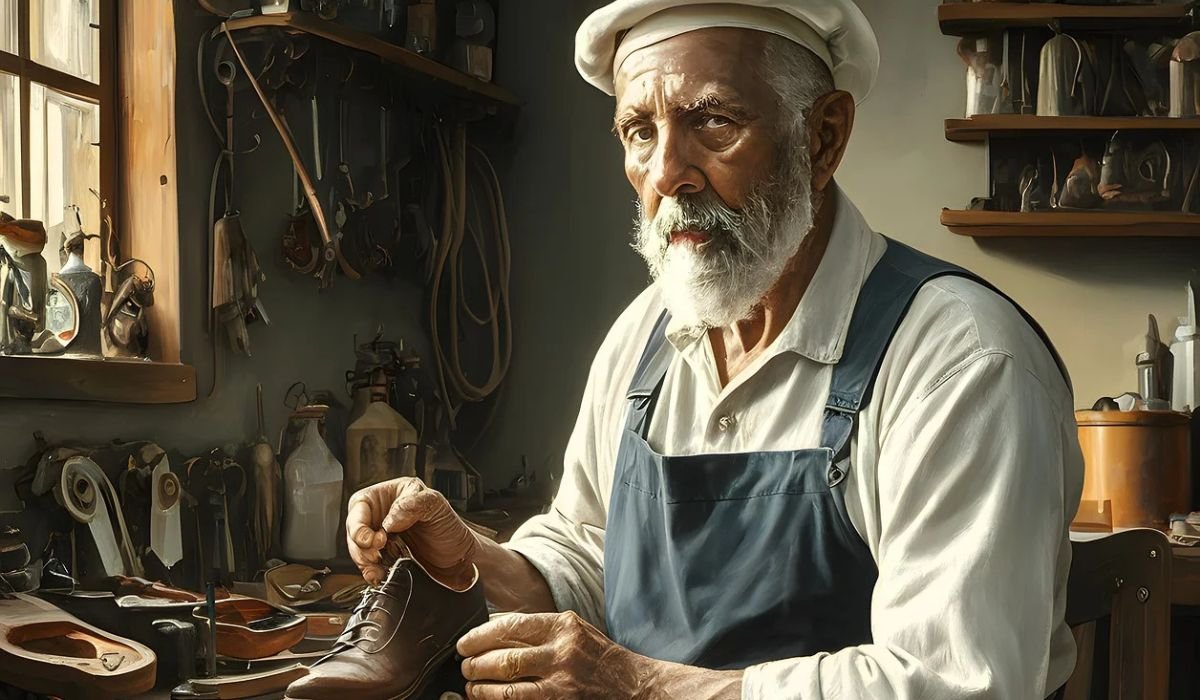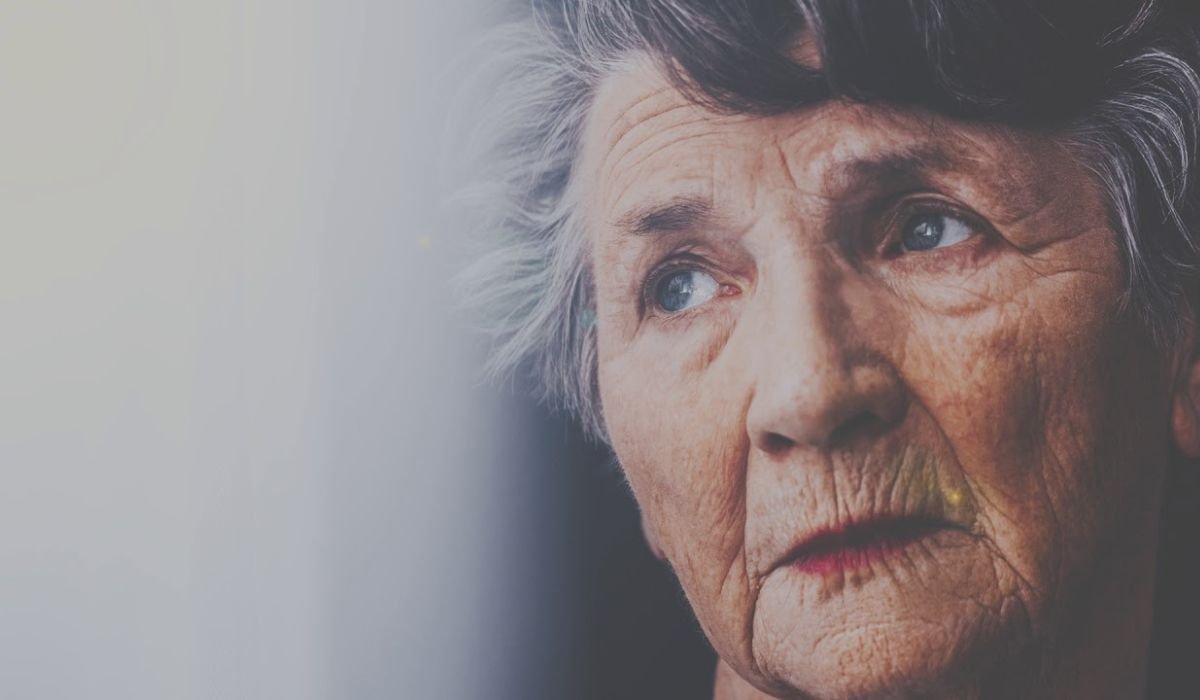Uncuymaza is more than just a craft—it’s a living testament to the Andean people’s profound connection to their heritage, spirituality, and history. This traditional Andean art form speaks volumes about the rich cultural tapestry of the region, capturing centuries of stories, beliefs, and artistic skill.
Whether you’re an old admirer of Andean culture or someone learning about it for the first time, this article will take you on an enlightening exploration of uncuymaza, its history, methods, and significance. Plus, you’ll discover how you can engage with this remarkable tradition and help preserve it for future generations.
Uncuymaza in Andean Culture
Uncuymaza holds deep roots in Andean culture, serving as a symbolic representation of their way of life. This intricate handicraft has been passed down through countless generations and remains an integral part of Andean identity.
A Brief History of Uncuymaza
Tracing its origins back to the pre-Columbian era, uncuymaza emerged as a form of artistic and spiritual expression among the indigenous communities in the Andes. Throughout history, it has symbolized the people’s close relationship with their land, spirituality, and the natural world.
While colonization brought significant changes to Andean life, uncuymaza stood resilient, adapting to the times while staying grounded in its traditional forms. Today, it serves as both a testament to the creative ingenuity of the Andean people and a reminder of their enduring spirit.
The Art of Uncuymaza
Uncuymaza is not just a craft—it’s a meticulous art form that requires skill, dedication, and a deep understanding of traditional techniques.
Traditional Methods and Materials
The uncuymaza process begins with the careful selection of natural materials like wool, cotton, and plant-based dyes. These materials are often sourced sustainably, reflecting the Andean people’s respect for nature.
Artisans use traditional tools, including wooden looms and hand spindles, to weave and shape uncuymaza pieces. Patterns are created with an extraordinary level of intricacy, each design carrying unique meaning and symbolism.
Timeless Aesthetic Appeal
The beauty of uncuymaza lies in its vibrant colors and detailed patterns. Common motifs include geometric shapes, depictions of flora and fauna, and symbolic representations of Andean spirituality.
Every piece of uncuymaza art tells a story, making it not only visually stunning but also emotionally compelling.
Spiritual and Cultural Significance
Uncuymaza is much more than a form of artistic expression—it is interwoven with the spirituality and daily life of the Andean people.
Spiritual Connections
For the Andean communities, uncuymaza holds spiritual meaning. It is used during rituals and ceremonies to convey respect for Pachamama (Mother Earth) and other deities in Andean cosmology.
Color palettes, patterns, and designs in uncuymaza often hold symbolic meanings. For instance, reds may symbolize life and strength, while greens may signify harmony with nature.
A Part of Everyday Life
While uncuymaza is celebrated for its beauty and spirituality, it also serves practical purposes. Traditional garments, blankets, and decorative items made through this craft are used in daily life, blending functionality with cultural pride.
The Influence of Modern Times on Uncuymaza
Like many time-honored traditions, uncuymaza has felt the pressures of modernization. Yet, it remains a dynamic art form that continues to evolve.
Modern Themes and Inspirations
Today, uncuymaza artisans are increasingly drawing inspiration from contemporary themes. Collaborations with modern designers have brought uncuymaza into new contexts, from fashion runways to global art exhibits.
Challenges and Adaptations
The growing demand for mass-produced items has posed challenges to this labor-intensive craft. However, artisans and cultural advocates are finding innovative ways to keep uncuymaza relevant, such as incorporating traditional patterns into new products or promoting eco-friendly methods.
The Importance of Preserving Uncuymaza
The survival of uncuymaza is crucial for maintaining the cultural identity of Andean communities.
Why Uncuymaza Matters
Preserving uncuymaza goes beyond safeguarding a craft; it involves protecting indigenous knowledge, cultural stories, and spiritual philosophies. It also provides income and a sense of pride for local artisans, ensuring that traditional techniques are passed down to new generations.
How You Can Help
Supporting uncuymaza artisans can take many forms:
- Purchasing authentic uncuymaza pieces.
- Promoting their work on platforms like social media.
- Participating in cultural workshops that teach uncuymaza techniques.
- Advocating for policies that protect indigenous artisans and crafts.
Learning and Practicing Uncuymaza
Intrigued by uncuymaza and want to learn more? Here’s how you can explore this traditional Andean art form.
Resources and Communities
Look into online platforms and cultural organizations that offer educational resources about uncuymaza techniques and history. Some even host virtual or local workshops where you can learn from artisans directly.
How to Support Artisans
Many cooperatives and marketplaces showcase handmade uncuymaza items. By purchasing directly from artisans, you not only acquire a unique piece of craftsmanship but also contribute to their livelihood and inspire the preservation of this art.
You May Also Like: Alpakino Meaning Explained & Its Role in Global Innovation
Conclusion
Uncuymaza represents the spirit of the Andes—a legacy of resilience, creativity, and a deep connection to nature. This craft isn’t just beautiful; it carries within it the stories, beliefs, and struggles of generations past and present.
You, too, can take part in celebrating this remarkable heritage. Spread the word, support artisans, and—who knows—maybe even pick up a loom and experience the magic of uncuymaza yourself.
FAQs
What is uncuymaza?
Uncuymaza is a traditional Andean craft that involves creating intricately designed items using weaving and dyeing techniques passed down through generations.
What materials are used in uncuymaza?
Artisans use natural materials, such as wool or cotton, and plant-based dyes to create uncuymaza pieces.
Why is uncuymaza important to Andean culture?
Uncuymaza embodies the spirituality, history, and artistic expression of Andean communities, making it a vital part of their cultural identity.
How is uncuymaza being adapted to modern times?
Contemporary artisans are integrating modern themes and eco-friendly methods, collaborating with designers, and finding new markets for their work.
How can I support uncuymaza artisans?
You can support uncuymaza artisans by purchasing their handmade items, promoting their work, and participating in workshops to learn about their craft.











